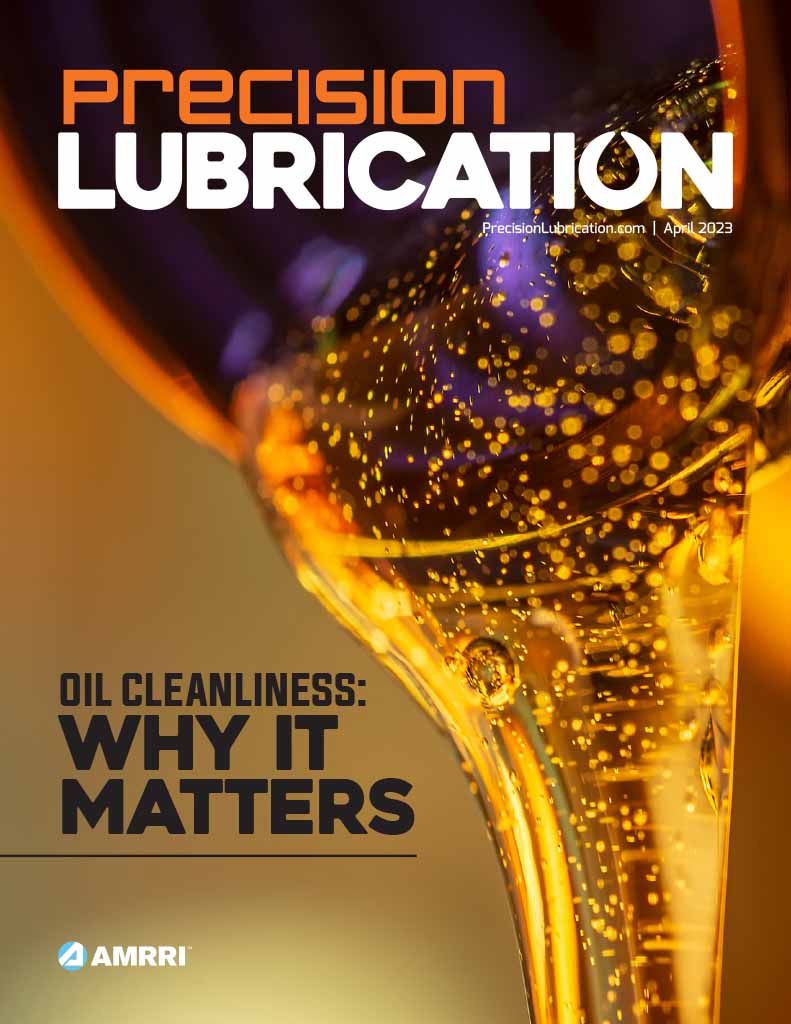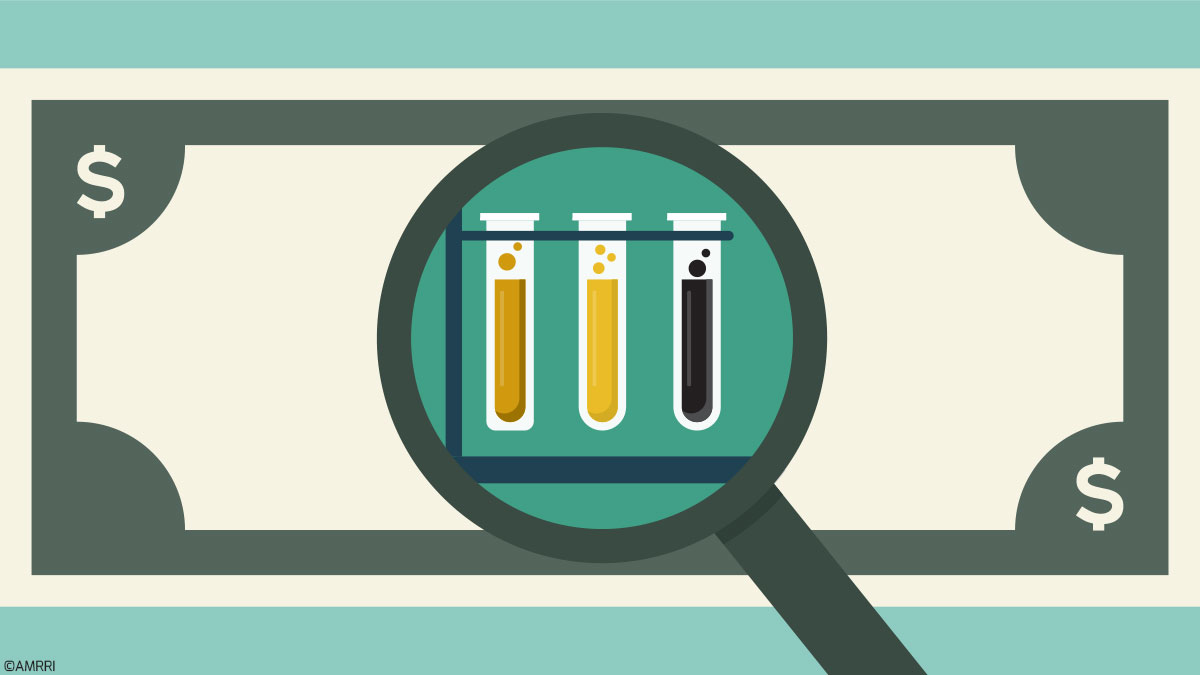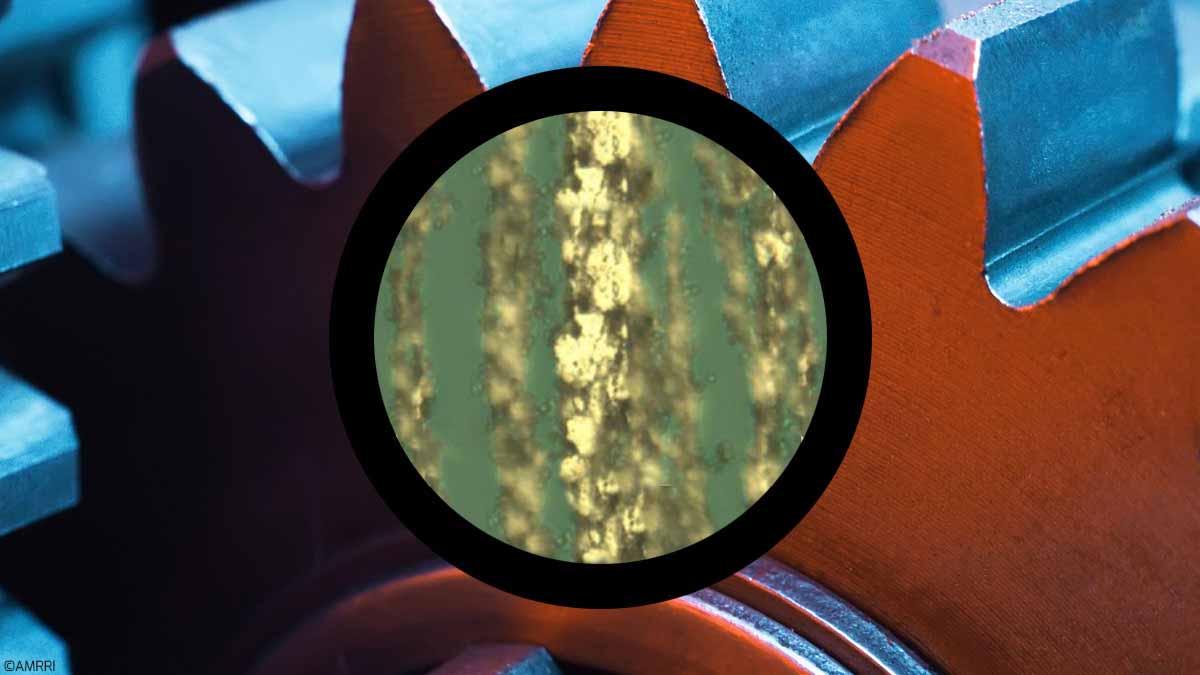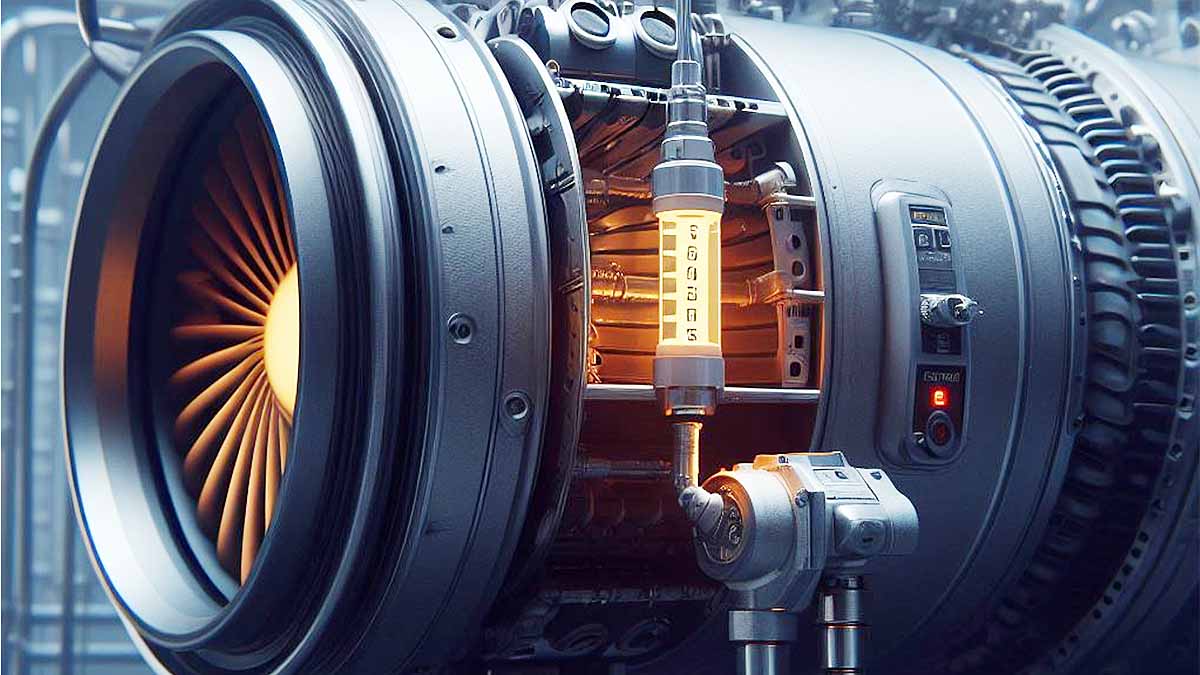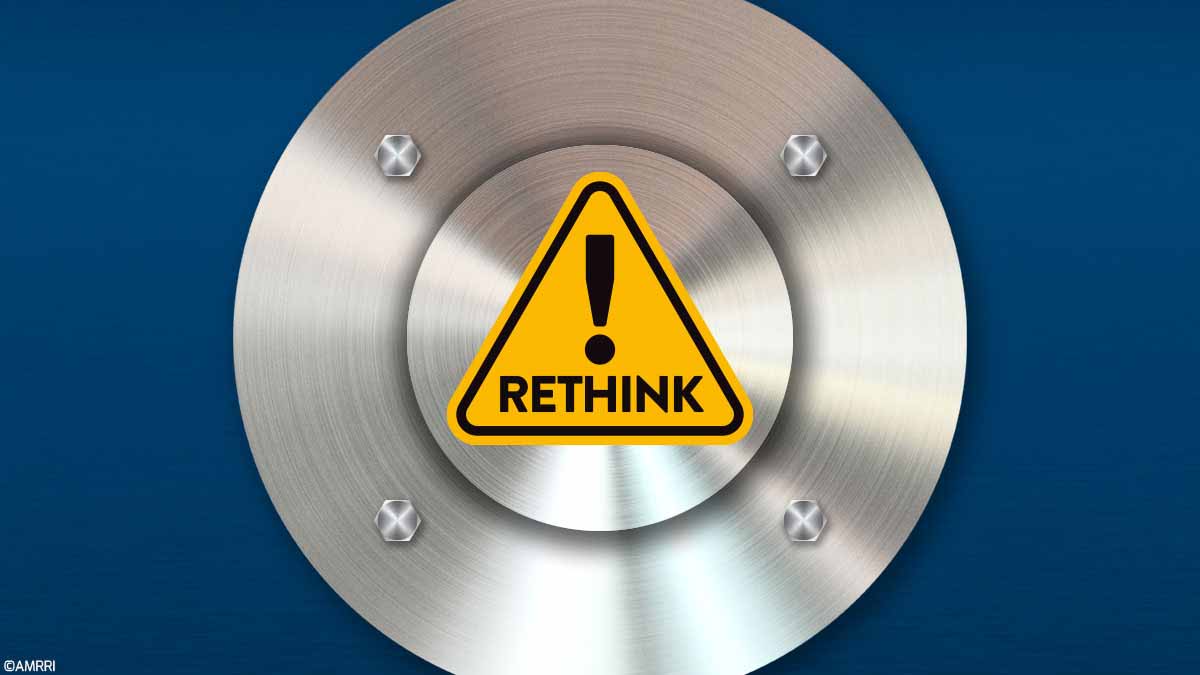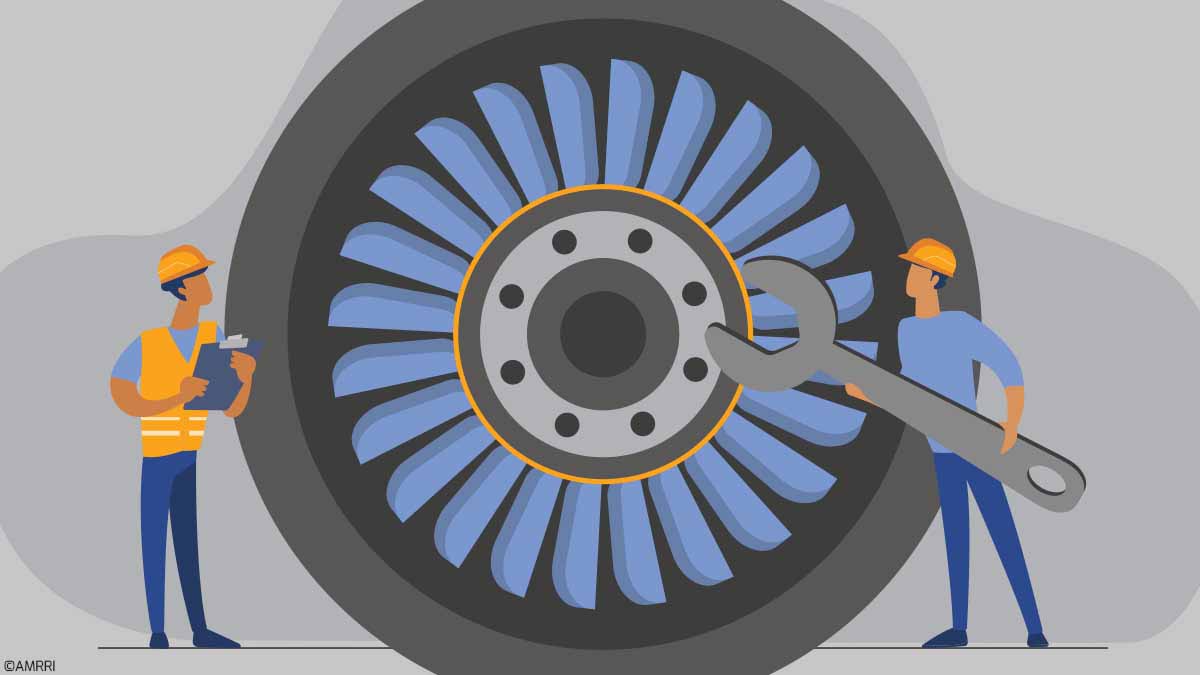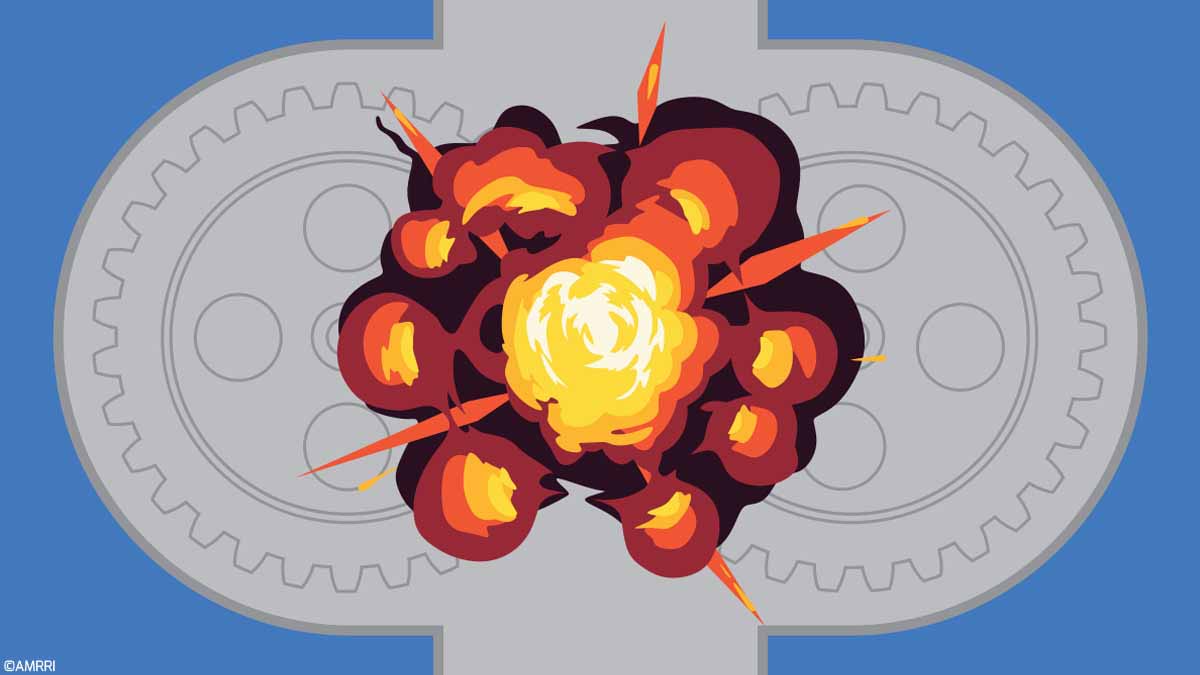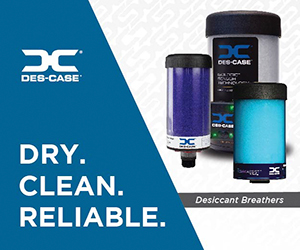Fluid analysis is a powerful tool in the preventive maintenance toolbox of many equipment and maintenance managers in industries ranging from construction to aggregates to mining to marine. Efficiently managed programs provide considerable benefits that translate...
Lubricant Analysis
Case Study: Gearbox Condition Monitoring with Wear Debris Analysis
Wear monitoring is one of the primary objectives of oil analysis for predictive maintenance. Many oil analysis tests are considered suitable for wear debris analysis, and some, like elemental analysis and Wear Particle Index, are recommended within routine analytical...
Real-Time Turbine Oil Condition Monitoring with Mid-Infrared Sensor Technology
Condition monitoring sensors for lubricants have been an established technology for numerous decades, playing a vital role in safeguarding some of the most essential machinery worldwide, including their incorporation into certain premium automotive models. However, it...
How Onsite Oil Analysis Supports Offshore Rigs
For years, rig operators have used oil analysis as an essential tool for routine maintenance and future cost avoidance. On oil rigs, equipment failures risk employee safety, and missed production targets are realized very quickly. The remote locations of offshore rigs...
RPVOT: Rethink Your Turbine Oil Replacement Strategy
In the world of industrial lubrication, the misconceptions surrounding RPVOT (Rotating Pressure Vessel Oxidation Test) have, unfortunately, cost companies millions of dollars. Imagine being faced with the daunting decision of prematurely replacing a substantial...
Particle Counting in Condition Monitoring – Managing Expectations
In my previous articles, I have written about online sensors and the fact that some see these as not being accurate nor matching the standards applied in laboratory testing of used oil samples. To counter this, I have stated that the reproducibility and repeatability...
Advanced Methods for Detecting and Measuring Soluble and Insoluble Varnish
As a fluid analysis laboratory, our ongoing mission is to improve the quality of our analysis and interpretation. To do this, POLARIS Laboratories® performs statistical analysis on our test methods and results to evaluate typical parameters and establish thresholds...
Why Turbine Oil Replacement Should Be Based on Condition, Not Time
Let's dive into a big question: When should we change the turbine oil in power plants? This question came up when I talked to someone who works at a power plant. There are two ways to decide when to change the oil: old-school thinking versus new-school thinking. The...
How to Draw a Representative Oil Sample Using a Vacuum Pump
Oil analysis success hinges on the quality of the oil sample. Drawing a representative oil sample involves a combination of factors, including selecting the right location, deploying the right method, using the right hardware, determining the right sampling frequency,...
Microdieseling Causes, Effects and Detection
What Is Microdieseling? Microdieseling occurs when entrained air moves from low-pressure zones to high-pressure in a lubrication system, reaching localized temperatures above 1000°C and carbonizing the oil. The term microdieseling got its name from the diesel engine....

